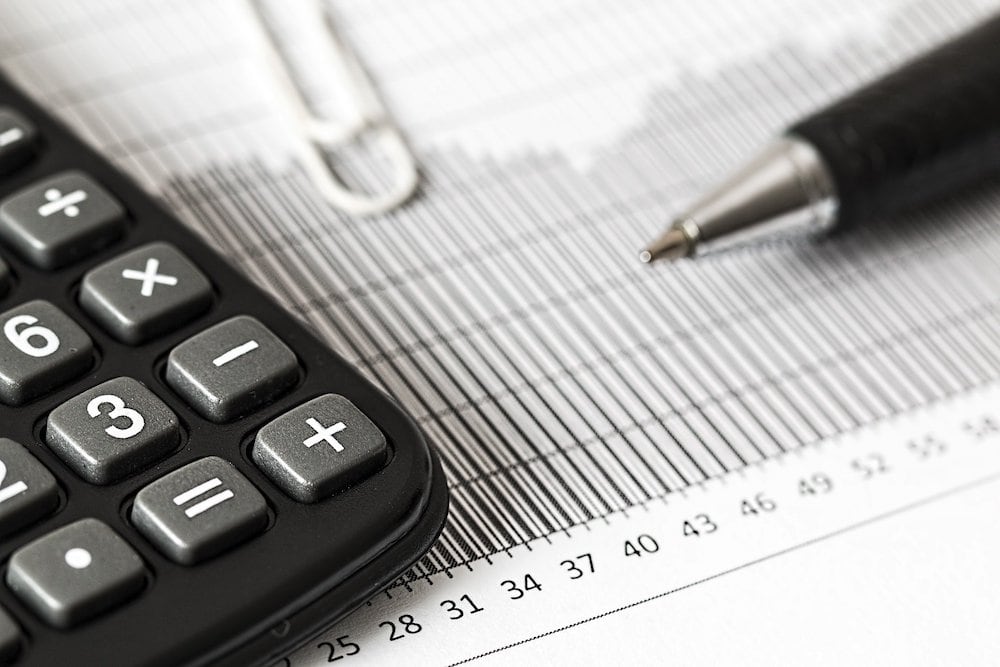Chapter 13 bankruptcy, frequently referred to as a wage earner’s plan or reorganization bankruptcy, offers individuals an opportunity to restructure their debt in a manageable way. Unlike the outright debt elimination in Chapter 7, Chapter 13 focuses on debt reorganization and repayment, making it a viable solution for those with a steady income who seek to retain their assets while satisfying creditor demands. Please continue reading and contact a seasoned Montgomery County Chapter 13 bankruptcy lawyer to learn more about the Chapter 13 bankruptcy process and how we can help guide you through it.
How Does Chapter 13 Bankruptcy Work in Pennsylvania?
Understanding Pennsylvania’s Chapter 13 bankruptcy process involves a series of methodical steps, each crucial for a successful outcome. It starts with an individual or a married couple facing overwhelming debt. This type of bankruptcy is particularly suitable for those with a regular income, as it requires adherence to a repayment plan. An overview of the Chapter 13 bankruptcy process is as follows:
- Consultation with a Bankruptcy Attorney: The first step is seeking the guidance of a qualified bankruptcy lawyer. Your attorney will evaluate your financial situation, including your debts, assets, income, and expenses. This evaluation is not just a cursory glance; it involves a detailed analysis to determine if Chapter 13 bankruptcy is your most advantageous route.
- Preparing and Filing the Petition: After you decide to proceed, your lawyer will prepare a bankruptcy petition and accompanying documents. These documents are comprehensive and detail your financial status. They include schedules of assets and liabilities, current income and expenditures, a statement of financial affairs, and executory contracts and unexpired leases.
- Proposing a Repayment Plan: You must submit a repayment plan alongside the bankruptcy petition. This plan outlines how you will pay off your debts over three to five years. The plan must demonstrate that you can afford to meet your basic living expenses and make regular payments. It prioritizes certain debts, like taxes and child support, and proposes a way to handle secured and unsecured debts.
- The Automatic Stay: Filing for Chapter 13 triggers an automatic stay. This injunction stops most creditors from continuing collection activities, including foreclosure, repossession, and wage garnishment. The automatic stay provides immediate relief, allowing you to work on your financial restructuring without the pressure of ongoing collections.
- Meeting of Creditors (341 Meeting): Approximately a month after filing, a trustee appointed by the bankruptcy court will conduct a meeting of creditors. At this meeting, you will answer questions under oath regarding your finances and the proposed repayment plan. Creditors can attend and question you, though they rarely do.
- Confirmation Hearing: Following the creditors’ meeting, the bankruptcy court holds a confirmation hearing. Here, the judge decides whether to approve your repayment plan. Creditors can object to the plan, and negotiations may take place to address any concerns. Once the court approves your plan, you must adhere to it strictly and make regular payments to the trustee.
- Making Payments: You start making payments according to the confirmed plan. The trustee distributes these payments to your creditors. You must adhere to a budget during this period and may need court approval for significant financial decisions.
- Completion and Discharge: You receive a discharge after successfully making all payments under the plan. This discharge releases you from liability for most remaining debts. It signifies a new beginning, free from the debts that led to your bankruptcy filing.
If you have further questions about the Chapter 13 bankruptcy process or would like to get started, contact Mudrick & Zucker for guidance today.


